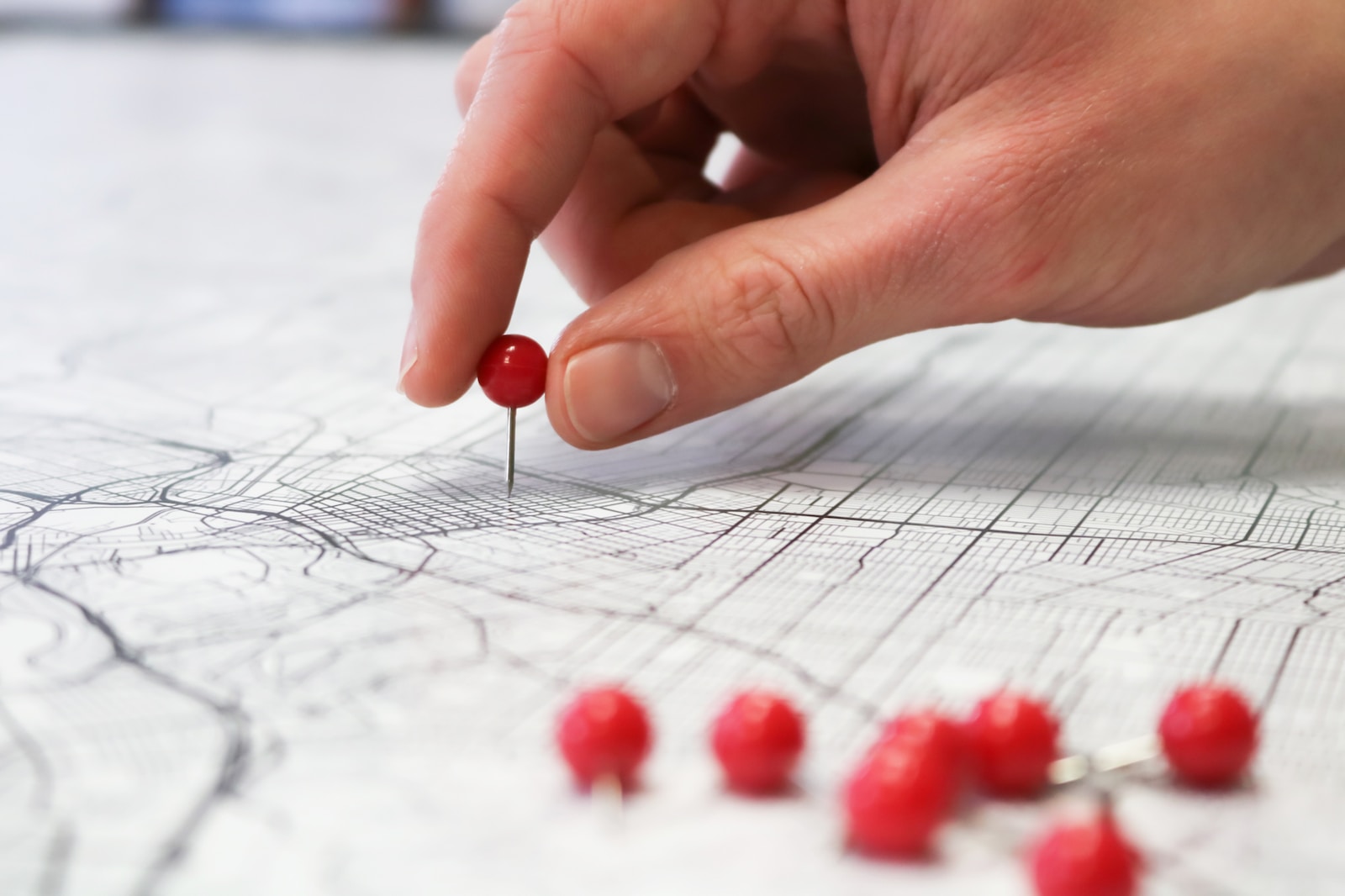- Location is an important aspect of geography and maps provide a visual representation of locations on the earth’s surface.
- \Maps allow us to understand the spatial relationships between different places and to navigate our way through the world.
- In order to use maps effectively, it is important to understand how to locate places on a map.
Locating Places on Maps:
- Latitude and Longitude: The most common way of locating places on a map is by using latitude and longitude coordinates. Latitude measures the distance north or south of the equator, while longitude measures the distance east or west of the Prime Meridian. By using these coordinates, any location on the earth’s surface can be pinpointed with accuracy.
- Grid System: Another way of locating places on a map is by using a grid system. This involves dividing the map into a grid of squares or rectangles and assigning each square a unique code or number. This makes it easier to locate places by referring to their grid reference.
- Place Names: Maps can also show the names of different places, such as cities, towns, and villages. This allows the user to locate these places on the map by using a simple search or reference.
Importance of Locating Places on Maps:
- Navigation: One of the most important reasons for locating places on a map is for navigation purposes. Maps can help individuals to plan routes, find directions, and locate places of interest.
- Planning: Maps can also be used for planning purposes, such as planning a trip or determining the best location for a new business.
- Understanding Spatial Relationships: By locating places on a map, individuals can gain a better understanding of the spatial relationships between different places. This can help to understand patterns of movement, migration, and urbanization.
Benefits of Accurate Location on Maps:
- Accurate Mapping: The ability to accurately locate places on a map is essential for accurate mapping. This allows for the creation of accurate maps that can be used for a wide range of purposes.
- Improved Navigation: Accurate location on maps also helps to improve navigation. This is particularly important for travellers, hikers, and those involved in emergency services.
- Effective Planning: Accurate location on maps also allows for effective planning. This is particularly important for businesses, governments, and organizations that need to plan for the future.




